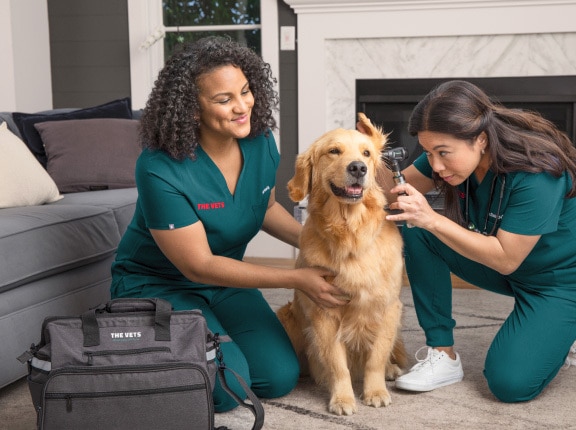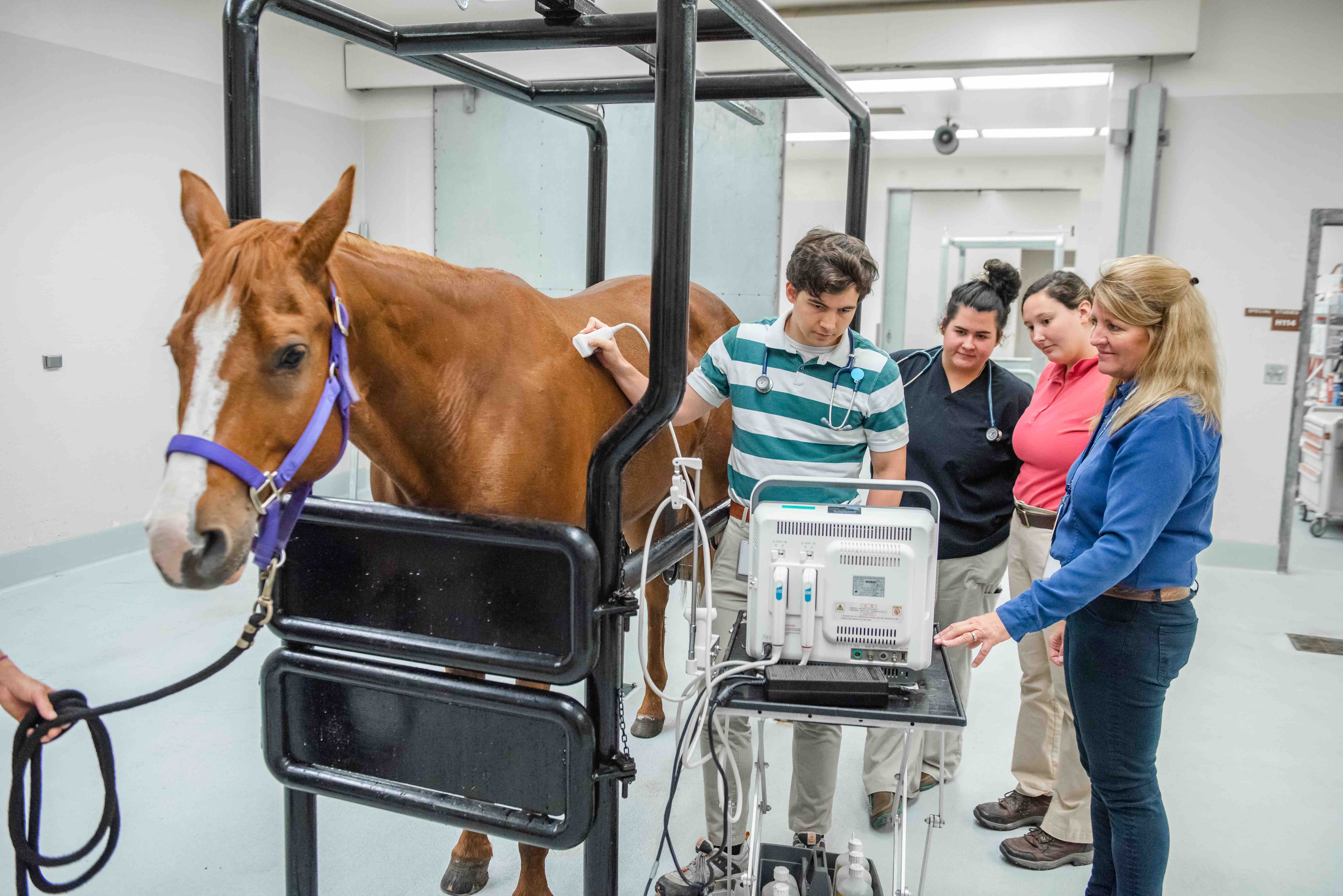Most Common Emergency Surgeries Performed at animal emergency care bellingham Centers
Most Common Emergency Surgeries Performed at animal emergency care bellingham Centers
Blog Article
All About Vet Surgery: Recognizing the Significance of Expert Look After Your Pet dogs
Vet surgical procedure is an important component of animal health care. It includes numerous treatments, from routine elective surgeries to urgent interventions. Understanding the details of these surgical procedures can aid pet proprietors make notified decisions. The preparation, execution, and recovery stages are necessary for making certain the wellness of animals. With proper understanding, proprietors can browse the complexities of veterinary care. What aspects should be considered before a family pet undergoes surgical procedure?
Kinds Of Veterinarian Surgeries
When a family pet calls for surgical treatment, recognizing the numerous kinds of vet surgical treatments can assist family pet owners make notified choices. Veterinary surgical procedures can be broadly categorized into 3 primary types: elective, urgent, and emergency surgical procedures. Elective surgical procedures, such as spaying or neutering, are prepared treatments that are not promptly life-threatening. Urgent surgical treatments, like those for foreign body removal, need to be performed soon yet are not deadly in the moment. Emergency surgical procedures, such as those dealing with severe injury or internal bleeding, are crucial and call for prompt attention.Additionally, surgeries can differ in complexity, ranging from minimally intrusive laparoscopic procedures to more considerable open surgeries. Each kind of surgical treatment brings its own dangers and recovery procedures. Comprehending these groups permits family pet proprietors to participate in purposeful discussions with veterinarians, bring about much better results for their cherished animals.
Planning for Your Animal's Surgical procedure
Getting ready for a pet dog's surgery entails a complete checklist to guarantee all basics are covered. Efficient communication with the veterinarian is crucial for comprehending the treatment and any required pre-operative steps - animal emergency care bellingham. Furthermore, having clear post-operative care guidelines will certainly aid proprietors supply the very best assistance for their recovering pets
Pre-Surgery Checklist Basics
Guaranteeing a smooth surgical experience for a pet dog needs mindful prep work and focus to detail. A pre-surgery checklist is necessary for animal owners to comply with. Confirming the arranged surgical treatment day and time is crucial. Proprietors must also validate that their family pet has not eaten according to the veterinarian's directions, normally for 8-12 hours prior to surgery. Gathering needed clinical documents, consisting of vaccination history, is crucial for the veterinarian's evaluation. It is likewise advisable to prepare a comfortable space in the house for the pet dog's recovery after surgery. Owners need to have a plan for transport to and from the vet center, making sure that the pet is secure and comfy throughout the journey. Following these steps can considerably boost the surgical experience.
Communicating With Your Veterinarian

Effective interaction with the vet is necessary for a successful medical experience for pets. Proprietors must be prepared to review their pet dog's case history, consisting of any pre-existing conditions, drugs, and allergies. This information helps the veterinarian assess threats and tailor the surgical plan accordingly. Furthermore, family pet owners ought to ask inquiries pertaining to the procedure, anesthetic, and expected outcomes to assure they fully recognize the process. Clarifying any kind of doubts can reduce anxiety for both the animal and the owner. It is likewise vital to connect any kind of behavior changes or worries observed in the animal leading up to the surgical procedure. Inevitably, clear discussion fosters trust fund and cooperation, ensuring that animals get the very best feasible care throughout their surgical journey.
Post-Operative Treatment Directions
After reviewing the surgical procedure with the vet, pet owners need to concentrate on post-operative treatment directions to assist in a smooth healing for their pet dogs. These instructions normally include keeping an eye on the medical website for signs of infection, such as inflammation or discharge. Pet dogs may need to be maintained calm and confined to stop excessive movement that might disrupt healing. Pain management is important, so proprietors must follow the veterinarian's support on carrying out medicines. In addition, nutritional restrictions might be advised to avoid stomach distress. Routine follow-up consultations are essential to assure proper recovery and attend to any type of issues. By adhering to these post-operative treatment instructions, pet dog proprietors can significantly add to their animal's recovery and general wellness.
The Surgery Explained
The surgery for pet dogs encompasses important actions that ensure their security and recovery. Pre-surgery prep work are crucial for decreasing threats, while post-operative care guidelines play an important role in advertising healing. Recognizing these parts helps family pet owners browse the medical experience better.
Pre-Surgery Preparations
Prior to a family pet undergoes surgical treatment, a number of essential preparations must happen to guarantee a risk-free and effective procedure. A detailed veterinary exam is important to examine the pet dog's overall health and wellness and recognize any type of possible dangers. This might include blood tests, imaging, or various other diagnostics. The veterinarian will certainly likewise discuss anesthetic options customized to the family pet's details requirements. Additionally, pet dog owners are usually instructed to hold back food and water for a specified time prior to surgery to decrease the danger of difficulties during anesthesia. useful site It is necessary for proprietors to supply a total clinical history, consisting of any kind of medicines or allergic reactions, making sure the medical group has all needed information. Appropriate interaction and adherence to pre-surgery guidelines can greatly boost the result of the treatment.
Post-Operative Treatment Standards
Proper post-operative treatment is vital for ensuring a family pet's recovery adhering to surgery. After the treatment, animals need to be checked closely for any indicators of problems, such as extreme blood loss, swelling, or uncommon actions. It is essential to comply with the veterinarian's instructions relating to drugs, including painkiller and anti-biotics. Animals need to be kept in a quiet, comfortable atmosphere to minimize tension and advertise healing. Restricting activity is essential; short, leashed strolls might be essential, but leaping or running ought to be stayed clear of. Routine follow-up visits should be arranged to analyze the healing procedure. Additionally, the medical website needs to be kept clean and completely dry, with any type of indicators of infection reported to a veterinarian promptly. Complying with these standards boosts healing outcomes.
Anesthesia and Pain Administration
Efficient anesthetic and pain monitoring are important components of vet surgery, making sure that animals remain comfy and risk-free throughout the treatment. Vets analyze each pet's specific requirements, considering factors such as age, weight, wellness condition, and the kind of surgical procedure being performed.Anesthesia protocols typically consist of a mix of pre-anesthetic drugs, induction representatives, and inhalant anesthetics, permitting precise control over the pet's level of consciousness. Surveillance during surgical treatment is crucial; vets continuously observe crucial indicators to address any type of potential issues promptly.Pain management strategies may include opioids, non-steroidal anti-inflammatory medicines (NSAIDs), and anesthetics, customized to the pet dog's certain circumstance. This multifaceted strategy helps reduce discomfort and advertises a smoother medical experience. By focusing on effective anesthetic and discomfort monitoring, vet professionals improve the overall welfare of pet dogs going through medical procedures, guaranteeing they obtain the highest possible standard of care.
Post-Operative Treatment and Healing
Adhering to surgery, the focus shifts to post-operative care and healing, which is vital for making certain a pet's safe return to normal tasks. Throughout this duration, pet dogs require a silent, comfortable environment to help recovery. Owners must closely check their family pets for any kind of indicators of discomfort or uncommon behavior.Veterinary standards commonly consist of certain directions associated with drug administration, wound care, and dietary modifications. It is crucial imp source to comply with these recommendations to reduce complications and promote healing. Animals might require to be restricted from energetic tasks, such as running or leaping, during their healing period (tplo surgery for dogs).Regular follow-up visits with the vet enable surveillance of the family pet's progress and timely modifications to the care strategy. Providing psychological support and companionship can additionally improve a pet's healing experience, helping to alleviate anxiety and stress and anxiety. Overall, diligent post-operative care plays a substantial function in achieving a successful recuperation
Acknowledging Difficulties After Surgical Treatment
Exactly how can pet dog owners determine complications after surgery? Recognition of specific indications is vital for making sure the health of family pets throughout recovery. Typical indications include excessive swelling, soreness, or discharge at the medical website, which may indicate infection. Furthermore, consistent pain, suggested by yawping or hesitation to relocate, ought to trigger instant focus. Adjustments in appetite or water intake can additionally suggest complications; a decline in these behaviors may indicate discomfort or distress.Moreover, family pet owners must check their pet dogs for any uncommon behavior, such as lethargy or trouble breathing, as these can be indicators of significant issues. Throwing up or diarrhea following surgical procedure may need immediate veterinary evaluation. Recognizing these complications early can greatly influence a pet dog's recuperation process, stressing the value of watchfulness and prompt communication with a vet for any kind of worrying signs.
The Role of Vet Experts in Surgical Care
Vet specialists play an essential function in making sure the security and success of surgical procedures for animals, specifically adhering to surgical treatment when keeping track of and care are paramount. These professionals include vets, veterinary professionals, and assistance personnel, all of whom contribute specialized skills to the surgical process.Before surgical treatment, veterinarians perform complete evaluations to assess the pet dog's wellness, guaranteeing that any hidden conditions are taken care of. During the procedure, the surgical team provides anesthetic, maintains clean and sterile settings, and keeps an eye on essential indications, very important for reducing risks.Post-operative care is just as substantial; veterinary professionals observe for issues, manage pain, and overview proprietors on recuperation practices. Their proficiency allows them to recognize early indicators of distress or infection, guaranteeing prompt treatment. Ultimately, the joint efforts of vet professionals in medical care cultivate a secure atmosphere, promoting the well-being of pet dogs throughout the surgical trip.

Often Asked Inquiries
Just how Do I Select the Right Vet Cosmetic Surgeon for My Animal?
Selecting the appropriate veterinary cosmetic surgeon involves investigating credentials, reviewing testimonials, and assessing the facility's atmosphere. It is vital to mirror on the find here doctor's experience with certain treatments and their communication design when choosing.
What Prevail Misconceptions Concerning Vet Surgeries?
Common misconceptions regarding veterinarian surgical treatments consist of ideas that they are constantly dangerous, unnecessary, or just for emergency situations. Several family pet proprietors undervalue the advantages of preventive treatments and the skill entailed in veterinary medical care.
Just How Much Will My Animal's Surgical procedure Expense?
The cost of a pet's surgical procedure can vary substantially based on factors such as the sort of treatment, the veterinarian's experience, and geographical area (24 hour vet bellingham). Usually, expenditures range from a couple of hundred to a number of thousand bucks

Can My Animal Consume Prior To Surgical Procedure?
Prior to surgical procedure, it is generally advised that family pets abstain from eating for a particular duration. This fasting helps in reducing the danger of issues during anesthetic. Owners should consult their veterinarian for exact instructions customized to their family pet's requirements.
What happens if My Family Pet Has Pre-Existing Wellness Conditions?
When a family pet has pre-existing health conditions, it's essential for the veterinarian to assess these variables prior to surgery. This examination guarantees proper preventative measures are taken, reducing risks and maximizing the animal's general safety and security throughout the procedure.
Report this page